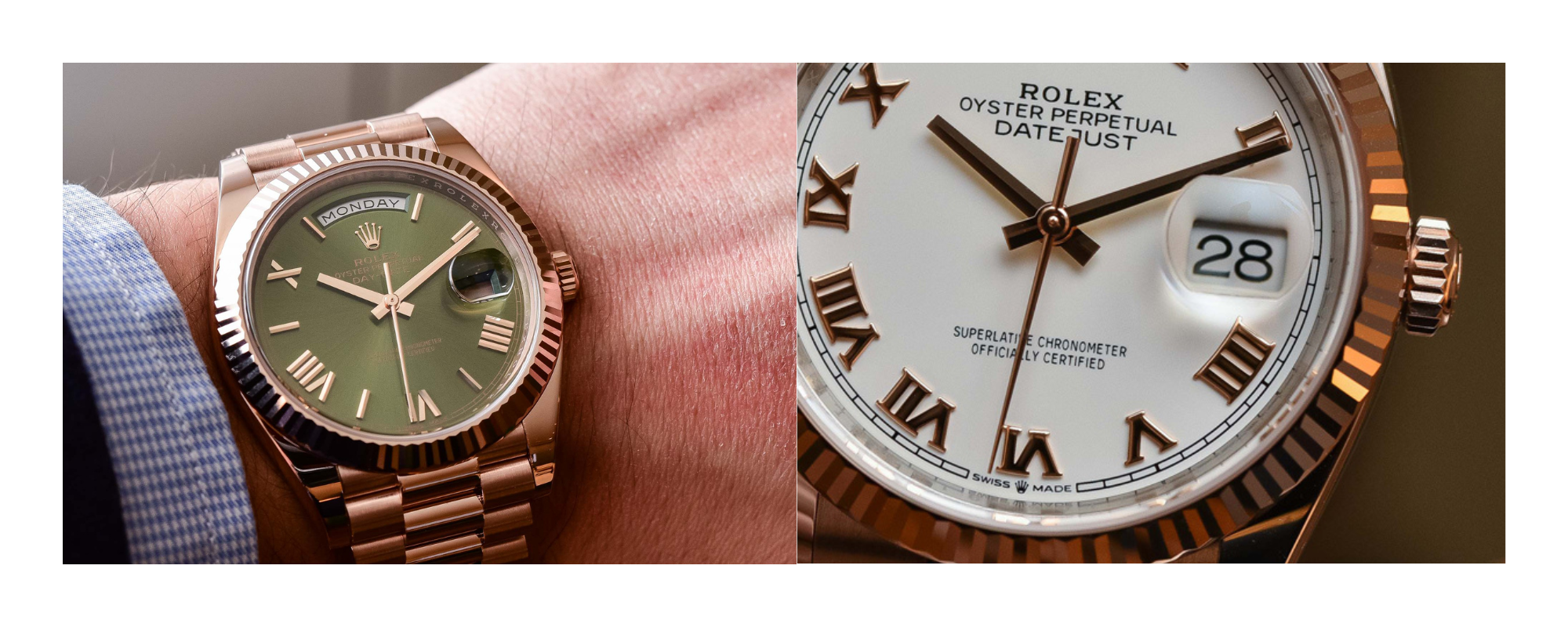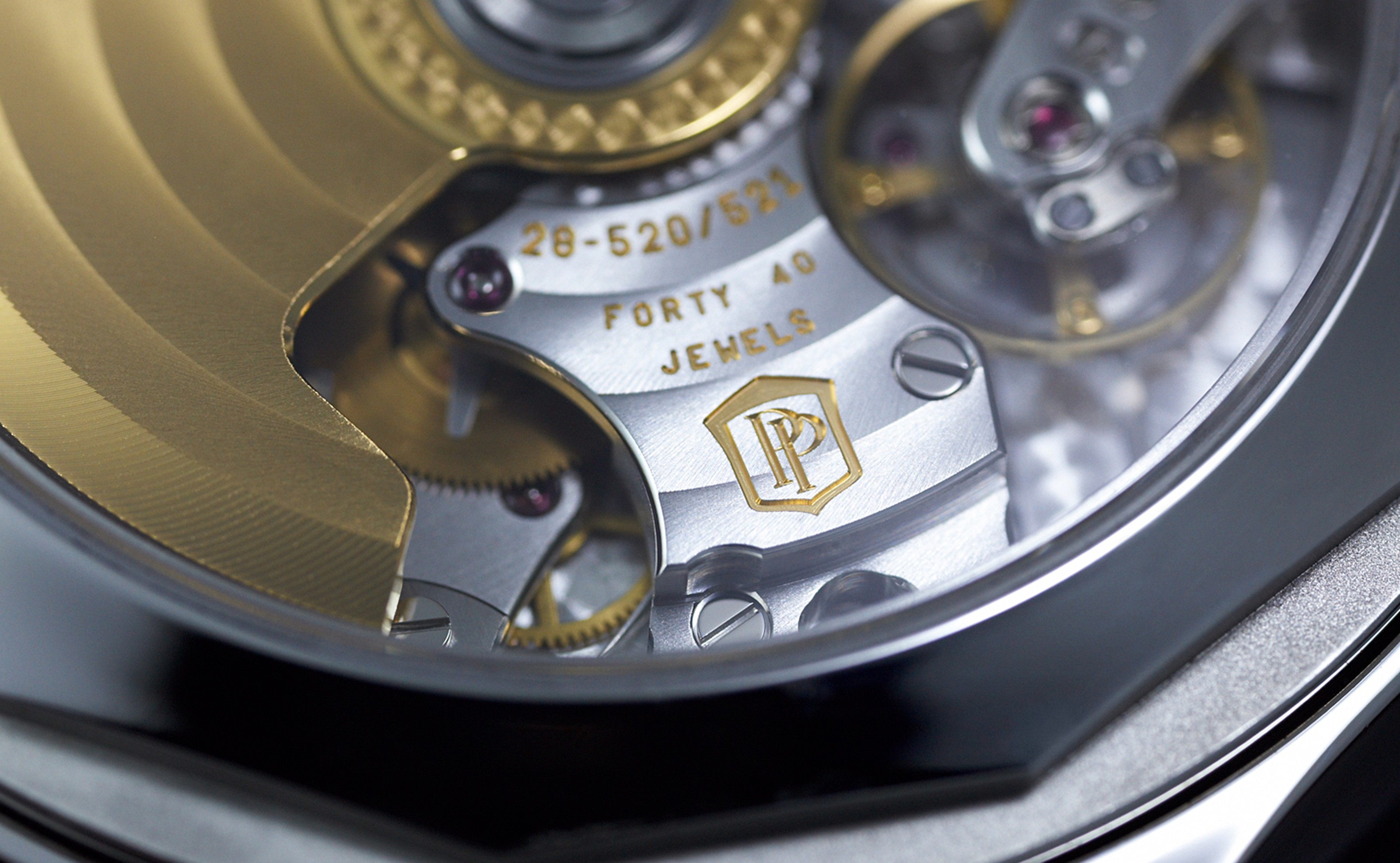Sharp-eyed tourists in Verona, Italy 🇮🇹 often notice something unusual on the gates of the famous Arena, where operatic festivals and concerts are held — the number 4 is written as IIII instead of the more familiar IV. 🤨 Is this a mistake, or is there more to the story?
There are several fascinating theories behind this:
🏛 Historical Reason
Ancient Romans used addition rather than subtraction in their number system. So 4 was commonly written as IIII, not IV (5 minus 1).
🙏 Religious Theory
The name of Jupiter (chief Roman god) in Latin is IVPPITER. Using IV was seen as blasphemous since it resembled the god’s name, so they used IIII instead.
👥 Social Explanation
For illiterate people in the Middle Ages, IIII was easier to understand than IV, which requires basic math knowledge. 🧠
🪙 Economic Reason
In metal casting, using IIII was more cost-effective — only a few molds were needed to create multiple numbers. 💰
🎨 Aesthetic Balance
Using IIII balances the visual weight of the clock face, especially opposite VIII. It creates a more harmonious and symmetric look. 🎨🕰️
📚 Early tower clocks were meant for everyone, many of whom couldn’t read or do math, so IIII was simply more practical.
👑 There’s also a theory that Louis XIV (the “Sun King”) banned IV because it was part of his title — "God’s representative on Earth". But many experts doubt this.
🧭 Today, Roman numerals are used more for style than function, and the use of IIII is a design choice, not a mistake — a homage to tradition and beauty. ⌛



